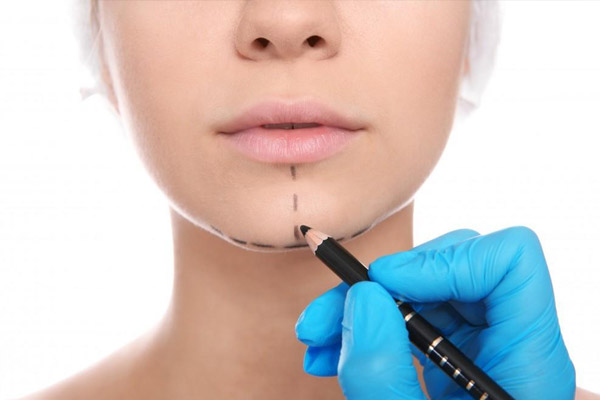Genioplasty, also known as chin surgery or mentoplasty, is a surgical procedure designed to reshape the chin, bringing it into better proportion with the rest of the face. This ornamental surgery can have a profound impact on facial harmony and aesthetics, addressing issues similar as a weak or retreating chin. In this composition, we will claw into the complications of genioplasty, exploring its purposes, procedures, recovery, and implicit benefits.
Understanding Genioplasty
Purpose of Genioplasty: The primary thing of genioplastia is to enhance facial balance and harmony. A weak or underdeveloped chin can throw off the harmony of facial features, making the nose appear more prominent or the neck less defined. Genioplasty can correct these imbalances, creating a more commensurate and aesthetically pleasing facial profile.
Campaigners for Genioplasty: campaigners for genioplasty generally include individualities with a retreating chin, a chin that’s too prominent, or those seeking facial revivification. It’s essential for campaigners to be in good overall health and have realistic prospects about the issues of the surgery.
Types of Genioplasty
There are several types of genioplasty procedures, each acclimatized to address specific aesthetic enterprises:
- Sliding Genioplasty: This procedure involves making a vertical cut in the lower jawbone and displacing the chin forward or backward as demanded. It’s an effective system for correcting both vertical and perpendicular scarcities of the chin.
- Chin Augmentation with Implants: In this approach, a solid implant is placed over the being chin bone to increase its protuberance. This is a common choice for individualities seeking a more pronounced and defined chin.
- Reduction Genioplasty: For those with an exorbitantly prominent chin, reduction genioplasty involves removing a portion of the chin bone to achieve a more balanced facial profile.
- Genioglossus Advancement: This procedure is frequently recommended for individualities with sleep apnea. By displacing the genioglossus muscle attachment, airway inhibition can be reduced.
The Surgical Process
The surgical process for genioplasty involves careful planning and precise prosecution. The surgeon will make lacerations either inside the mouth or under the chin to pierce the chin bone. Depending on the specific procedure, adaptations will be made to the bone or an implant will be fitted . The lacerations are also closed with dissolvable sutures, and recovery begins.
Recovery and Aftercare
Immediate Postoperative Period
After genioplasty, cases can anticipate some lump and bruising around the chin and lower face. Discomfort and mild pain are common, but drug specified by the surgeon can help manage these symptoms. It’s pivotal to follow postoperative care instructions diligently to insure proper mending.
Long-term Recovery
While original swelling subsides within a many weeks, complete recovery may take several months. Cases are advised to avoid emphatic conditioning during the early stages of recovery and follow a soft diet to minimize stress on the surgical point. Regular follow- up movables with the surgeon are essential to cover progress and address any enterprises.
Benefits of Genioplasty
- Enhanced Facial Harmony: Genioplasty can significantly ameliorate facial balance and proportion, leading to a further aesthetically pleasing appearance.
- Boosted tone- Confidence: numerous individualities witness a boost in tone- regard and confidence following genioplasty, as they’re more satisfied with their facial features.
- Functional Advancements: In cases where genioplasty is performed to address issues similar as sleep apnea, cases may witness advancements in breathing and overall well- being.
Pitfalls and Considerations
- Lump and Bruising: Temporary swelling and bruising are common after genioplasty but generally resolve over time.
- Infection: While rare, there’s a threat of infection at the surgical point. Following proper hygiene and care instructions minimizes this threat.
- Whim-whams Damage: There’s a slight threat of temporary or, infrequently, endless whim-whams damage, which may affect in altered sensation in the chin or lower lip.
Conclusion
Genioplasty is a protean and effective ornamental surgery that can transfigure facial harmony and ameliorate overall aesthetic balance. With colorful procedures acclimatized to specific requirements, individualities seeking to enhance their chin’s appearance can explore genioplasty as a feasible option. As with any surgical procedure, thorough discussion with a good and educated surgeon is pivotal to understanding the process, implicit issues, and icing a successful and satisfying result.


